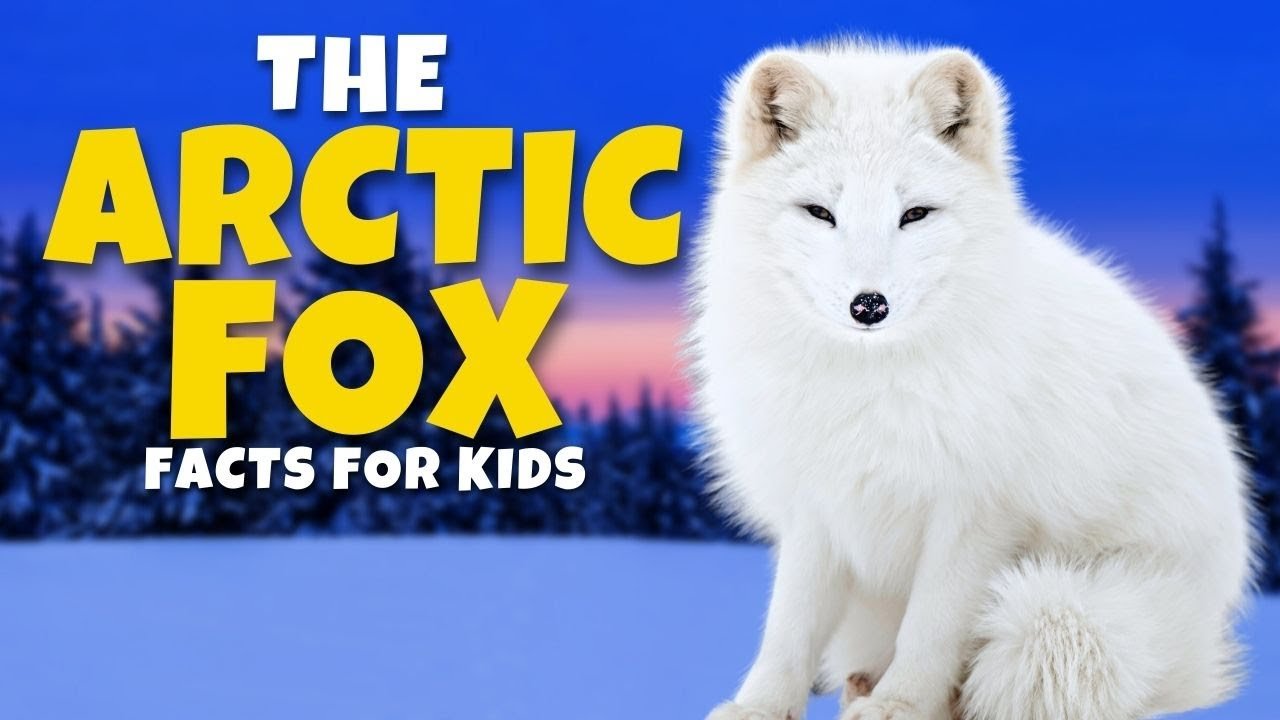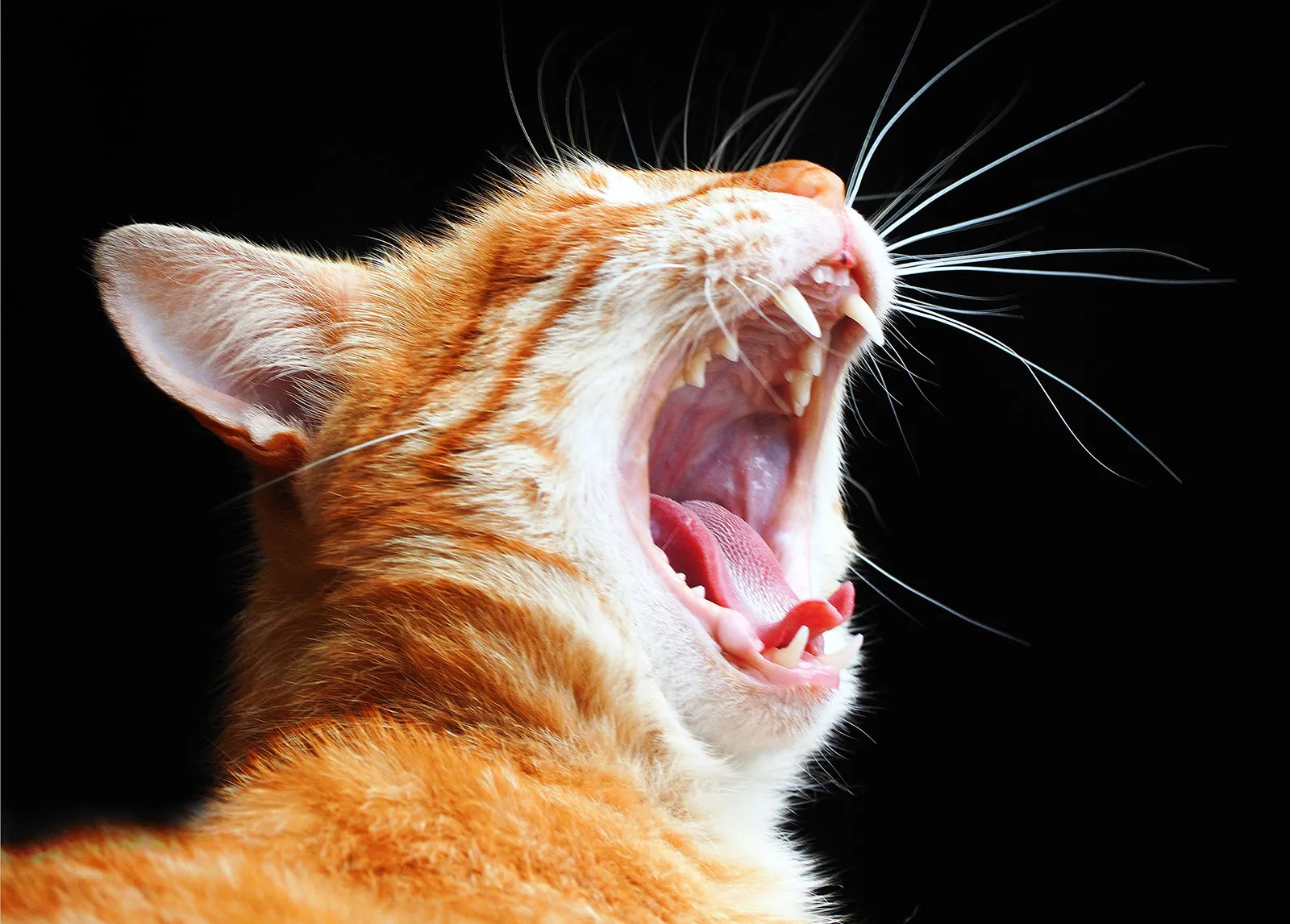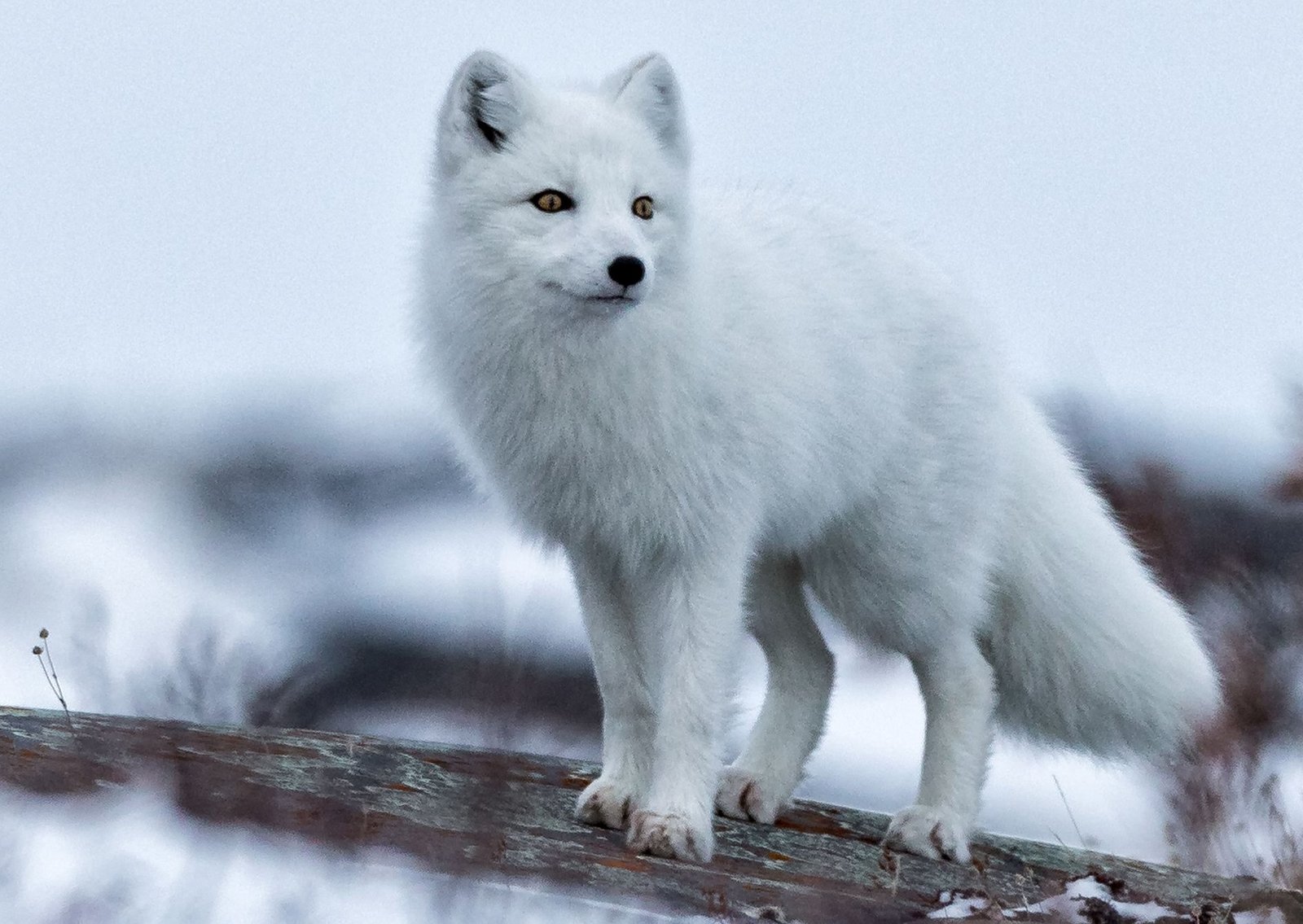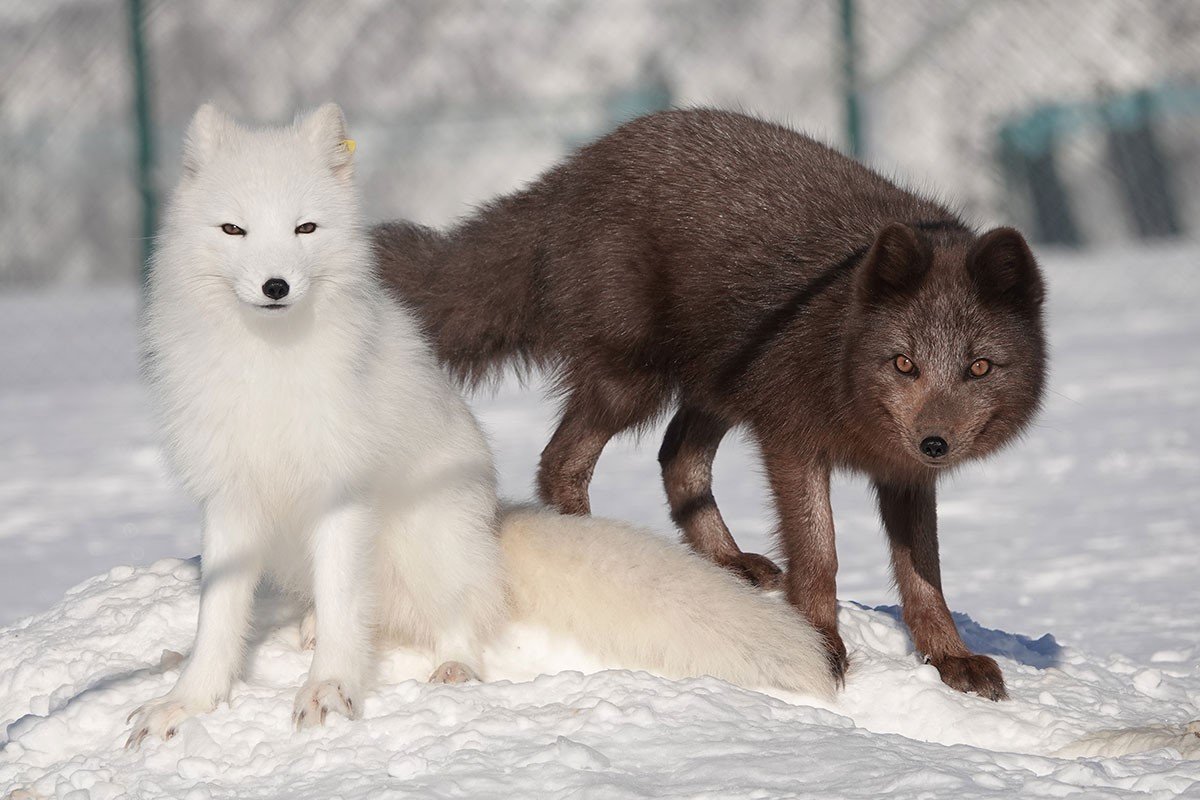Arctic foxes (Vulpes lagopus) are fascinating creatures adapted to survive in some of the harshest environments on Earth. Here’s a comprehensive guide with facts and information about these resilient animals:
- Taxonomy and Classification:
- Kingdom: Animalia
- Phylum: Chordata
- Class: Mammalia
- Order: Carnivora
- Physical Characteristics:
- Size: Arctic foxes are relatively small compared to other fox species, typically weighing between 3 and 8 pounds (1.4 and 3.6 kilograms).
- Coat: They have a thick, double-layered coat, which helps insulate them against the cold. Their fur changes color seasonally: white in winter for camouflage against snow and gray-brown in summer.
- Ears and Tail: They have relatively short ears and a bushy tail, which they use for balance and to cover themselves during harsh weather conditions.
- Paws: Arctic foxes have furry paws, providing insulation against the cold and aiding in walking on snow.
- Distribution and Habitat:
- Arctic foxes inhabit the Arctic and sub-Arctic regions of the Northern Hemisphere, including parts of North America, Europe, and Asia.
- They are commonly found in tundra, coastal areas, and Arctic islands.
- Behavior and Adaptations:
- Diet: Arctic foxes are omnivores, feeding on a variety of prey, including small mammals, birds, eggs, fish, insects, and carrion. They are also known to scavenge from polar bear kills.
- Burrowing: They often dig dens in the ground or inhabit abandoned burrows of other animals. These dens provide shelter from harsh weather and serve as a safe place to raise their young.
- Seasonal Migrations: Some Arctic fox populations migrate long distances in search of food during certain times of the year.
Thermal Regulation: Their thick fur and compact body help them conserve body heat in extreme cold temperatures.
Meet the Arctic fox
As you trek across the vast, snow-covered landscape of the Arctic tundra, the bitter cold nipping at your cheeks, you catch a glimpse of movement in the distance. You pause, your breath forming a misty cloud in the frigid air, and focus your gaze. There, emerging from behind a snowdrift, is a sleek, white figure gracefully padding across the frozen terrain.
As you draw nearer, you realize it’s an Arctic fox, its pristine fur blending seamlessly with the snowy backdrop. Despite its small size, it exudes quiet confidence, its sharp eyes surveying the surroundings with keen awareness.
The Arctic fox pauses, casting a glance in your direction before continuing on its journey. Intrigued, you follow at a respectful distance, marveling at the agility it navigates the icy landscape.
Try your luck at spotting the Arctic fox!
As you embark on your quest to spot the elusive Arctic fox, you bundle up in layers of warm clothing, preparing for the icy chill of the Arctic wilderness. Armed with binoculars and a sense of adventure, you set out into the vast expanse of snow-covered terrain.
Your journey takes you across windswept tundra, where the only sound is the crunch of snow beneath your boots and the distant call of winter birds. You scan the horizon, eyes peeled, for any sign of movement amidst the white landscape.
Hours pass, and just when you begin to feel disheartened, a flash of white catches your eye. You freeze, hardly daring to breathe, as you focus your binoculars on the distant figure. There, amidst a patch of frost-covered shrubs, is a sleek form darting gracefully across the snow.
ADW: Vulpes lagopus: INFORMATION
The Arctic fox (Vulpes lagopus) is a fascinating member of the canid family, renowned for its remarkable adaptations to survive in the harsh Arctic environment. Here’s some information about this remarkable species from the Animal Diversity Web (ADW):
- Taxonomy and Classification:
- Kingdom: Animalia
- Phylum: Chordata
- Class: Mammalia
- Order: Carnivora
- Family: Canidae
- Genus: Vulpes
- Species: Vulpes lagopus
- Physical Characteristics:
- Size: Arctic foxes are small to medium-sized canids, typically weighing between 3 and 8 pounds (1.4 and 3.6 kilograms).
- Coat: They have a dense, double-layered fur coat, which changes color seasonally. It’s white in winter for camouflage against snow and gray-brown in summer to blend with the tundra
.
Ears and Tail: They have relatively small, rounded ears and a bushy tail, which they use to communicate and cover themselves during extreme cold.
- Paws: Their paws are covered in fur to provide insulation and traction on icy terrain.
- Distribution and Habitat:
- Arctic foxes are found throughout the Arctic and sub-Arctic regions of North America, Europe, and Asia.
- They inhabit a variety of Arctic and alpine habitats, including tundra, coastal areas, and mountainous regions.
Arctic Fox | Online Learning Center
The Arctic fox (Vulpes lagopus) is a captivating subject for online learning, offering insights into ecology, biology, conservation, and more. While I can’t provide direct access to a specific online learning center, I can offer suggestions on where to find valuable resources about Arctic foxes online:
- Wildlife Conservation Organizations: Many wildlife conservation organizations provide educational resources about Arctic animals, including the Arctic fox. Websites such as the World Wildlife Fund (WWF), National Geographic, and the Arctic Fox Centre may offer articles, videos, and interactive materials.
- Educational Websites and Platforms: Explore educational websites and platforms like Khan Academy, National Geographic Kids, and BBC Wildlife Finder for informative articles, videos, quizzes, and activities about Arctic foxes and other Arctic wildlife.
- Zoos and Wildlife Parks: Some zoos and wildlife parks offer virtual tours, live webcams, and educational resources about the animals in their care, including Arctic foxes. Check out the websites of reputable zoological institutions for such resources.
- Online Courses and Webinars: Look for online courses, webinars, and lectures hosted by universities, research institutions, and wildlife organizations. These may cover topics related to Arctic ecology, animal behavior, conservation, and more, including specific modules on Arctic foxes.
Scientific Journals and Publications: For more in-depth information, consider exploring scientific journals and publications through online databases like PubMed, Google Scholar, or ResearchGate. Search for research articles and papers about Arctic fox ecology, behavior, genetics, and conservation.
Internal link: bilaar







